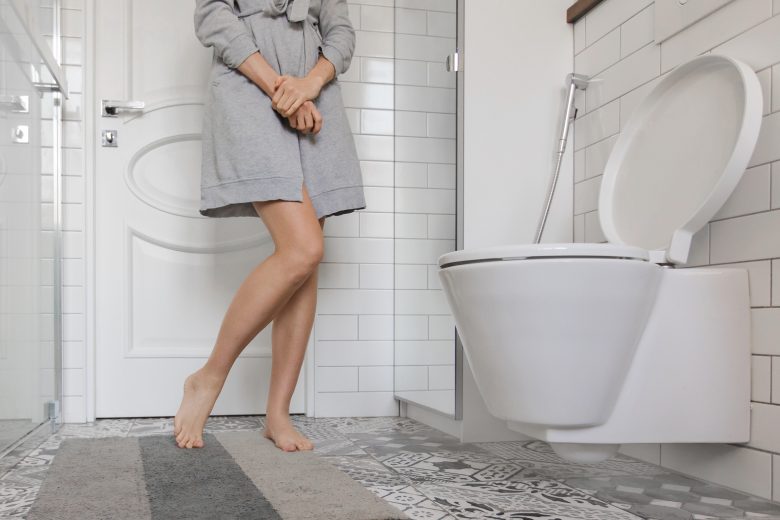More than 25 million adults in the United States are living with urinary incontinence, a condition that causes involuntary loss of urine with physical exertion (e.g. coughing, sneezing or exercising). It affects 25% of young women, up to 57% of middle-aged women, and 75% of older women.
For many, urinary incontinence (UI) is an embarrassing condition that they’d rather not talk about. But there are many products and therapies out there that can help improve the quality of life of those suffering from this condition.
Types of Urinary Incontinence
The first step in improving your quality of life is determining the type of UI you are dealing with. UI falls into four main categories:
- Urge incontinence, which is sometimes called overactive bladder. You feel the urge to urinate, but are unable to make it to the bathroom in time.
- Stress incontinence – the most common form of UI. Stress UI causes leakage when there is pressure on the bladder, such as when you cough, sneeze, exercise or lift heavy objects.
- Functional incontinence, which is common in individuals with mobility issues. It occurs when you are unable to make it to the bathroom in time.
- Overflow incontinence, which occurs when you are unable to empty your bladder completely. As a result, the urine overflows and the body produces new urine.
Stress urinary incontinence is the most common form of UI, and it can be caused by a number of things, including:
- Childbirth
- Age
- Chronic bladder inflammation
- Nerve damage
- Enlarged prostate (men)
When it comes to prostate health, supplements like Prostadine help regulate the production of testosterone and supports bladder function. And to back all of this up, there are tons of customer reviews for Prostadine mentioned on their website.
How to Manage UI
Your doctor can help you find the best treatment option for your needs, but it helps to understand what’s available to you.
If you think you have UI and haven’t been diagnosed, see your doctor. This is a very common condition, and 80% can be either cured or improved.
UI Products
UI products will immediately improve your quality of life, and there are a number of options available.
For many, light absorbency products, like pads and liners, are all that’s needed to deal with accidents. Along with absorbing urine, these products also prevent odors and embarrassment.
“Even difficult conditions like incontinence can be made manageable with incontinence products such as bed pads, disposable gloves and adult diapers,” says AvaCare Medical. “Wearable protection is the first line of defense when it comes to incontinence management.”
Bladder Training and Kegel Exercises
Along with UI products and supplies, bladder training and Kegel exercises can improve symptoms or eliminate them completely.
Bladder training can be very effective at improving the time in between feeling the urge to urinate and releasing your bladder.
Here’s how bladder training works:
- Keep a bathroom diary. In the diary, you will write down every time you have the urge to go, and when you leak.
- Schedule bathroom trips. Using your diary, you will determine how often you will use the bathroom and add 15 minutes to that time. Use the restroom at each scheduled visit whether you feel the urge or not. Over time, you will increase the time between bathroom breaks.
- Delaying urination. Another technique is to delay urination. Whenever you feel the need to go, hold it for another five minutes or so. Gradually increase the time by 10 minutes until you can go three to four hours without having to use the bathroom.
Kegel exercises are another way to improve or eliminate UI symptoms. These exercises work to strengthen the muscles you use to start and stop the flow of urine, or your pelvic floor muscles. To do a Kegel exercise, squeeze the muscles you normally use to stop the flow of urine and hold the contraction for five seconds. Relax for five seconds. Work your way up to performing three sets of ten contractions per day.
If a doctor, surgeon, hospital, or other medical provider acts, or fails to act, in a manner that deviates from the accepted standard of care, then that provider can be liable for an injured person’s damages. Check out the types of medical malpractice cases.




